Have you ever received a medical bill that left you scratching your head? It's not uncommon to find discrepancies that can be frustrating and overwhelming to address. Navigating the world of medical billing errors can feel daunting, but it's important to know that you have the right to dispute any incorrect charges. Ready to learn how to effectively tackle those pesky billing errors? Dive into the article for expert tips and step-by-step guidance!
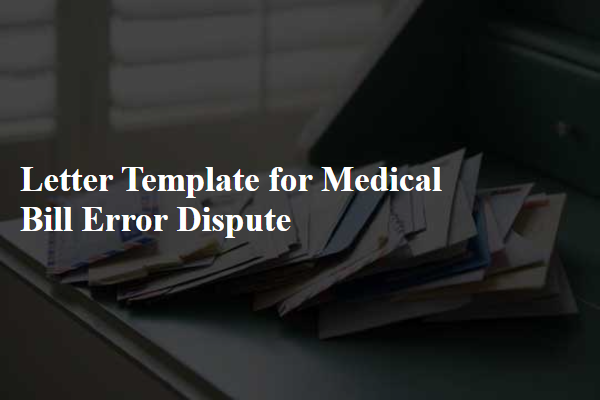
Patient and Account Information
Patients disputing medical bills often require accurate and comprehensive information to support their claims. Patient details should include full name, date of birth, and health insurance information, including policy number and group number. Account information must consist of the account number assigned by the healthcare provider, date of service indicating when the medical procedure occurred, and invoice number found on the statement. A clear description of the discrepancy is crucial, such as charges that exceed agreed upon insurance rates or services billed that were not rendered. Supporting documents like Explanation of Benefits (EOB) can strengthen the dispute, ensuring all relevant data is attached for review.
Detailed Description of the Error
When reviewing the medical bill issued by St. Mary's Hospital for services rendered on July 15, 2023, discrepancies became apparent in the charges listed. The bill indicates a total charge of $1,200 for an MRI (Magnetic Resonance Imaging) scan, while industry standards typically range from $400 to $800 for similar procedures within the region. Additionally, the billing statement includes a charge of $150 for laboratory tests that were not conducted during the visit, creating further confusion and concern regarding the accuracy of the charges. An analysis of the detailed billing codes indicates several instances of duplicate entries, particularly the therapeutic session fees, which are listed twice despite only one session being attended. This cumulative billing error amounts to an inflated total of approximately $1,750, far above the expected and justifiable costs for the services actually provided.
Supporting Documentation
Disputing medical billing errors requires clear and detailed documentation to support the claim. Key elements include the itemized bill from the healthcare provider, which lists services rendered, dates of service, and associated charges. Insurance Explanation of Benefits (EOB) forms provide insight into what was covered, including any adjustments or denials. Relevant medical records--such as treatment notes or diagnostic reports--validate the services received. Additionally, correspondence with the healthcare provider or insurance company that highlights discrepancies aids in building a strong case. All documents should be organized sequentially, with highlighted sections indicating specific errors or disputes for easier reference. Overall, comprehensive supporting documentation is crucial for resolving medical billing errors effectively.
Clear Request for Resolution
Medical billing errors can significantly impact financial responsibilities of patients. Common discrepancies, such as incorrect procedure codes or billed amounts, can lead to unexpected charges. For instance, a patient receiving treatment for a sprained ankle may find an inflated fee for an MRI that was never performed. Patients should meticulously review statements from healthcare providers, ensuring accurate reflection of services rendered and agreeing with insurance provider's coverage policies. Filing a formal dispute with supporting documentation, like Explanation of Benefits (EOB) statements and detailed receipts, is essential. Each jurisdiction often has specific guidelines for this process, emphasizing the importance of prompt communication with the billing department and relevant insurance companies.
Contact Information for Follow-up
Medical billing errors often arise from discrepancies in charges or patient information, leading to incorrect invoices. Patients should ensure their name, insurance policy number, and procedure codes are accurate to avoid such issues. Common sources of errors include outdated information from healthcare providers or billing departments. Notable events include insurance claim denials leading to increased out-of-pocket costs. Patients can contact the billing department of the medical facility, usually located in the invoice footer, or reach out to their insurance provider directly. Documenting dates, times, and names of representatives during follow-up discussions is essential for resolution tracking.

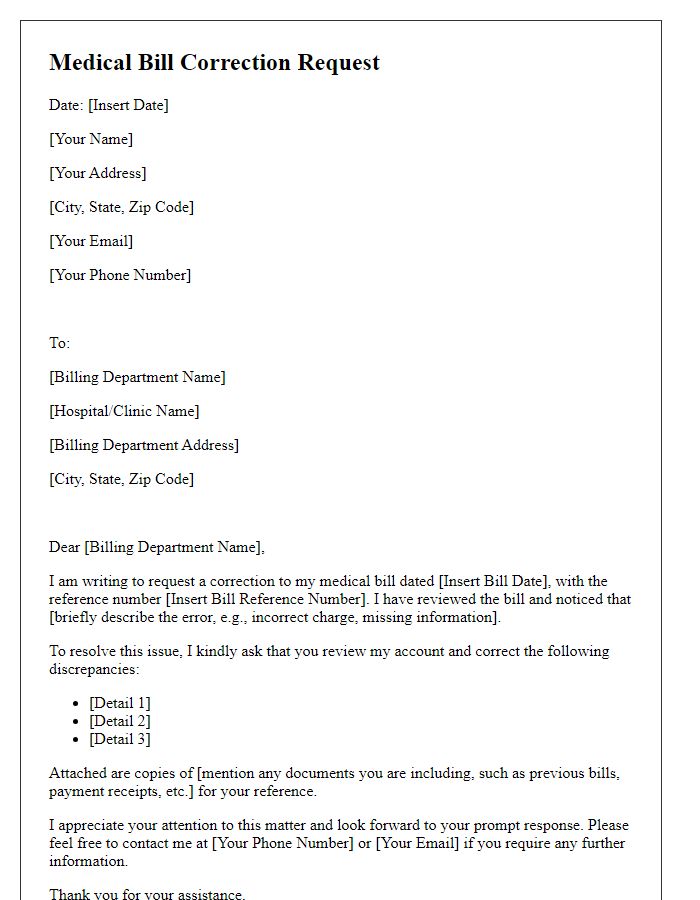
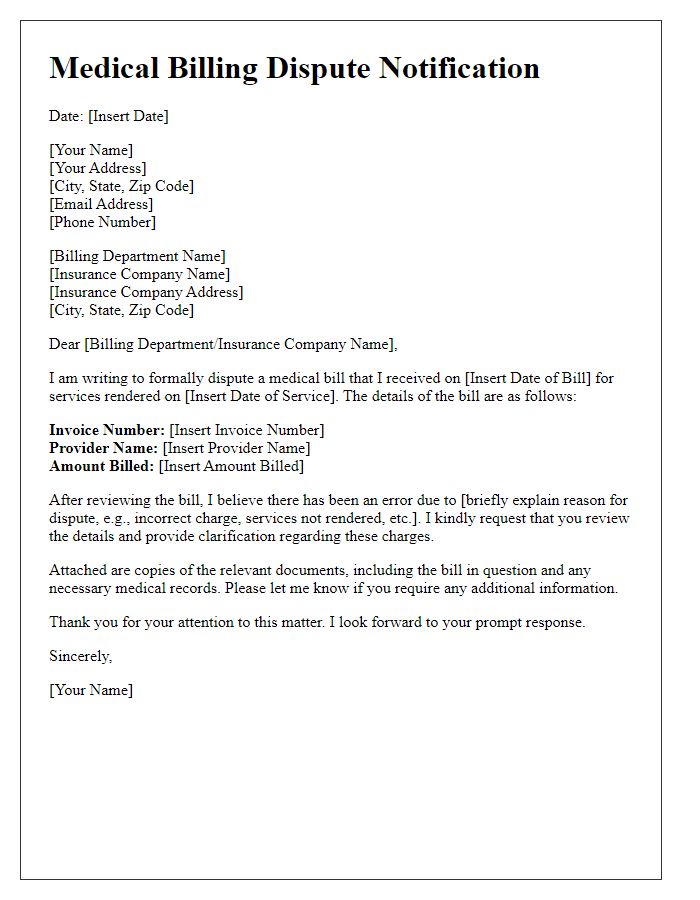
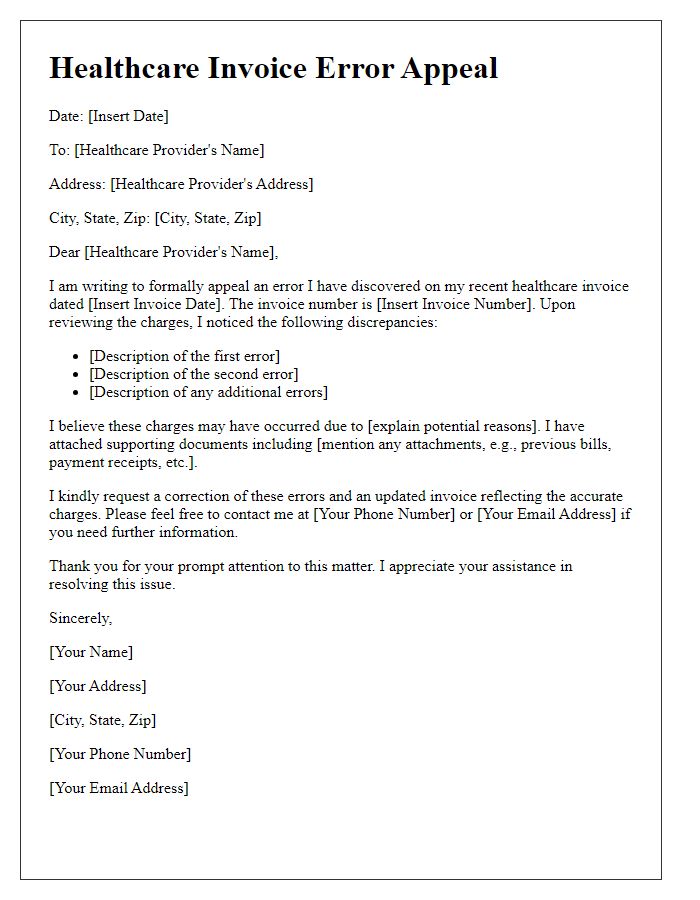
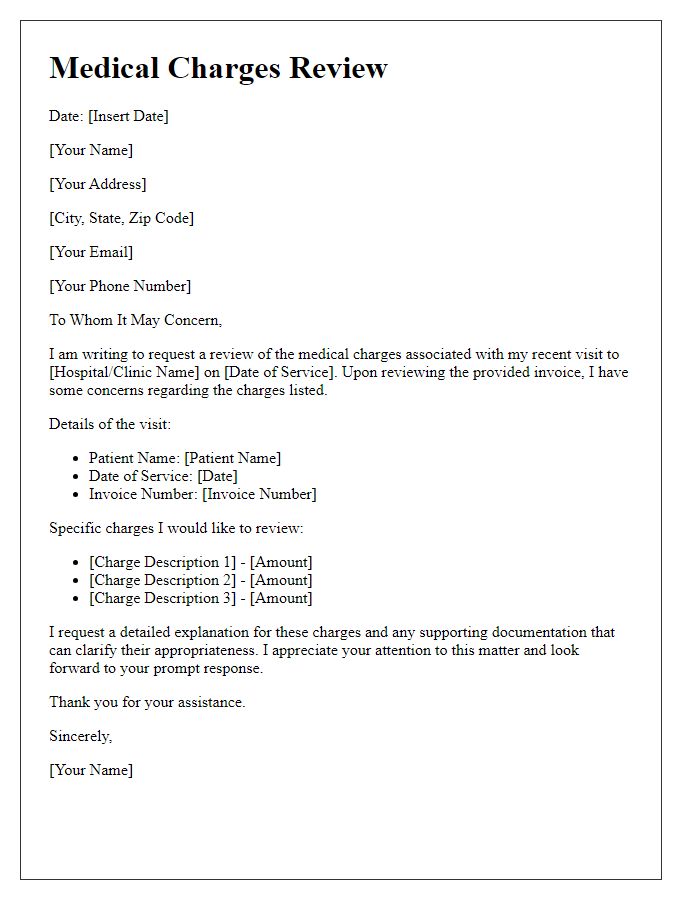
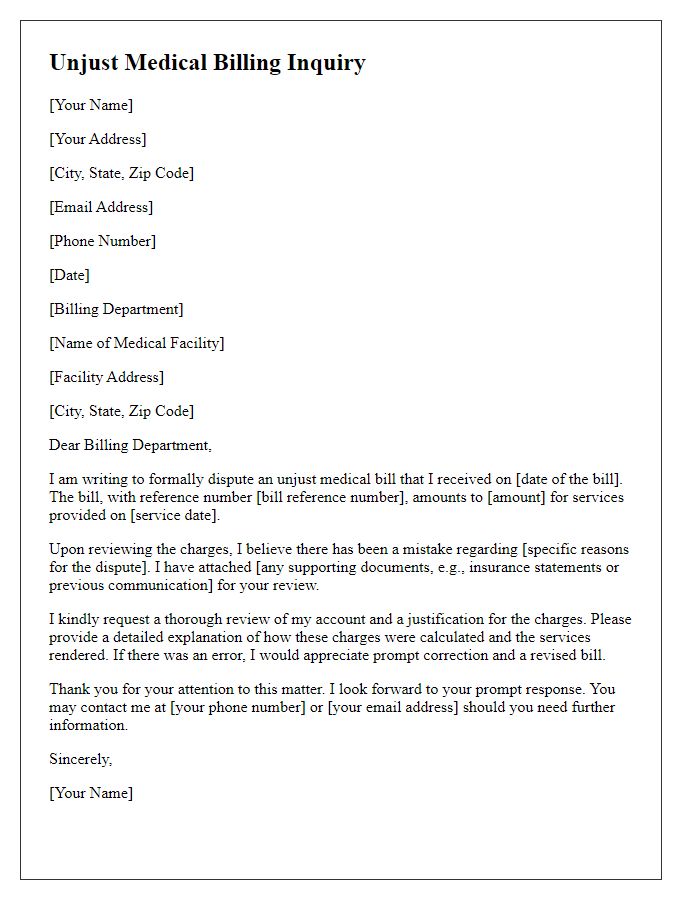
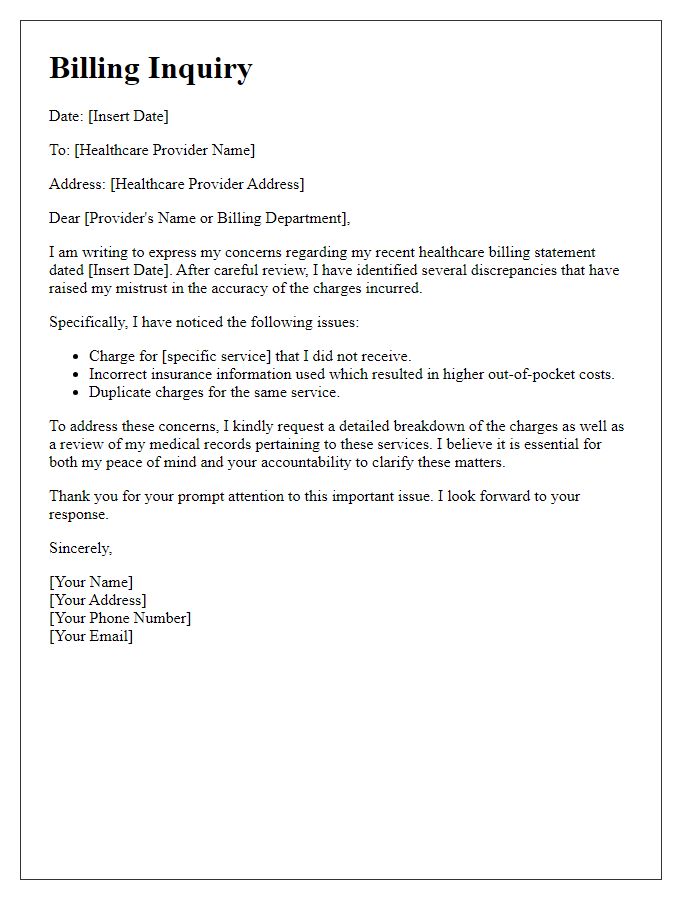
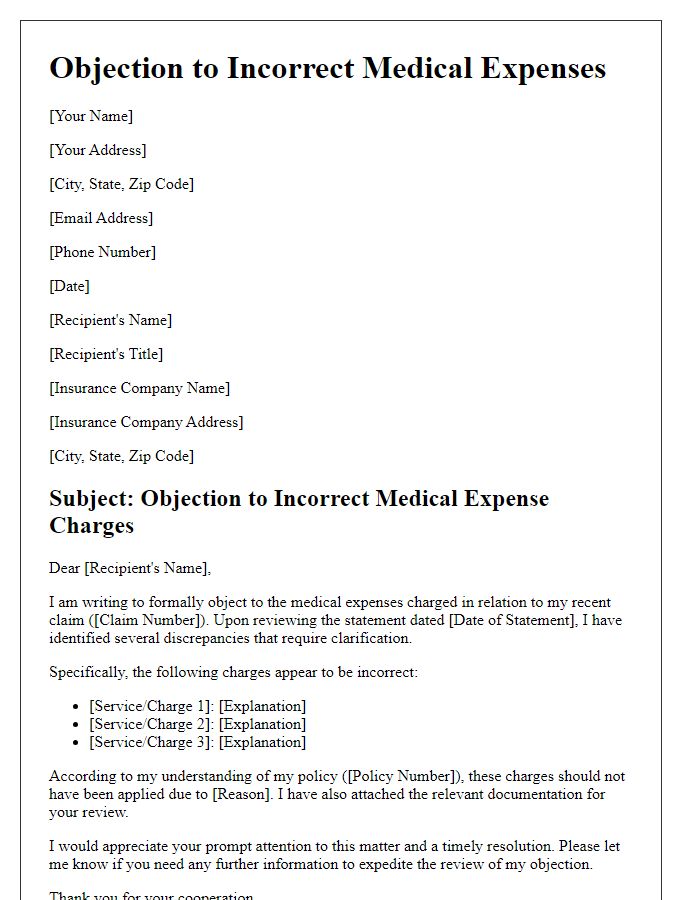
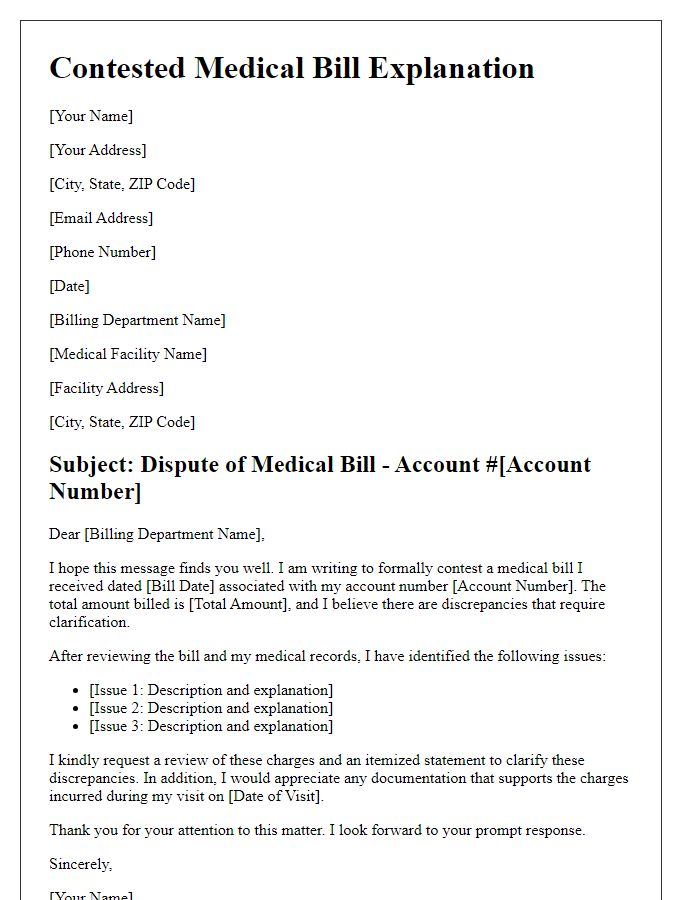
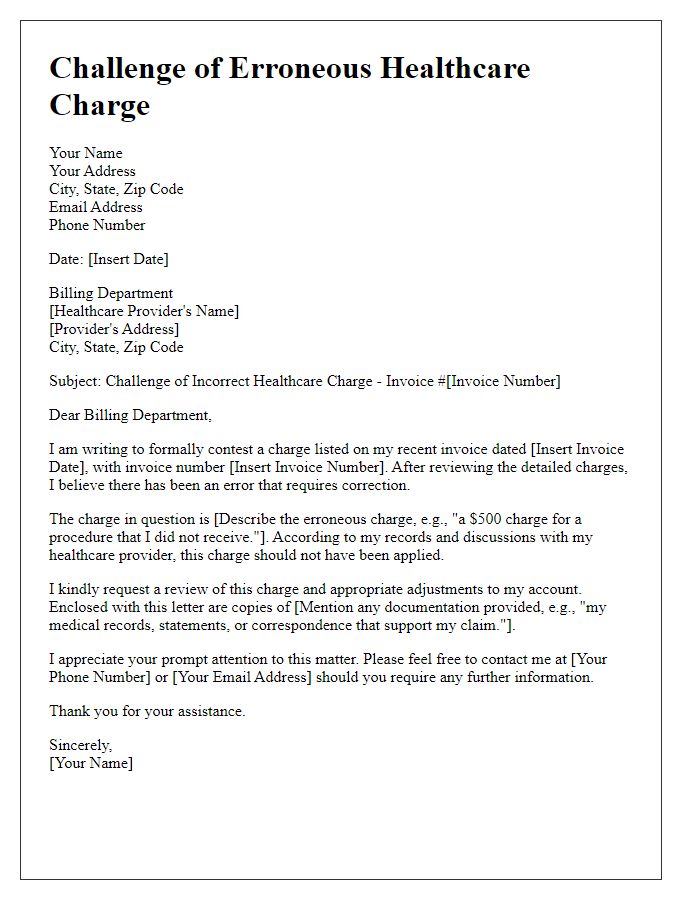
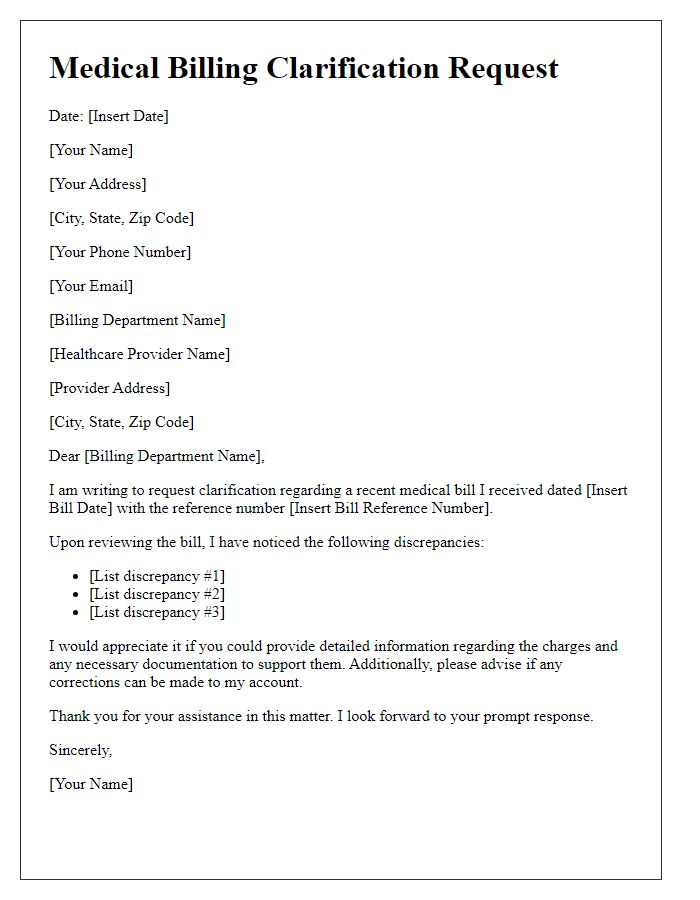


Comments